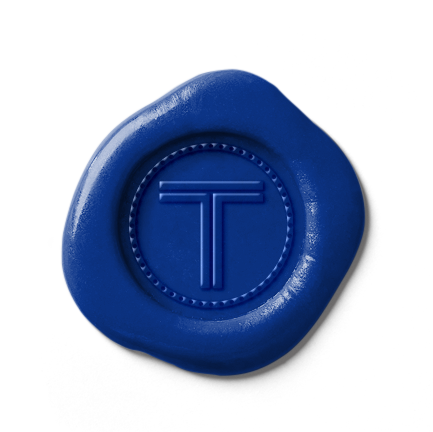Mythical Olive Oil
Olive oil splashes onto a vintage saucer
Separating Olive Oil Fact from Fiction
Olive oil has been around for more than 4,000 years. It enjoys a rich history that spans eras, cultures, and continents.
Like many great foods, olive oil has collected its share of myths over the years. Some of the conventional wisdom surrounding olive oil is rooted in truth, but some of it is not. Separating fact from fiction will help you find exceptional olive oil.
Should You Cook with EVOO?
You may have heard that extra virgin olive oil has a low smoke point and oxidizes easily, and that it’s a poor choice for pan-frying or other types of high-heat cooking.
It’s true that most olive oils do have low heat tolerance. Olive oil is high in polyunsaturated fats, which are delicate and break down easily when you expose them to heat.
However, fresh-pressed, biodynamic olive oil is different. It’s exceptionally high in polyphenols—powerful antioxidants found in olive skin that protect olive oil from spoiling. Polyphenols prevent oxidation, which means polyphenol-rich olive oil has surprisingly high heat tolerance.You’ll find that you can use good olive oil for just about anything short of deep-frying. The heat will degrade polyphenols, but it won’t degrade the fats themselves.
That said, polyphenols also carry almost all of the flavor in olive oil—so if you want to preserve complexity and depth of taste, you may want to reserve your top-shelf olive oil for drizzling on food after it’s cooked.
Is All Extra Virgin Olive Oil Good?
Extra virgin olive oil is the highest grade of olive oil. To be labeled “extra virgin,” olive oil must have a free acid level of below 0.8 percent. Low acidity is a sign that the oil came from healthy, high-quality olives. Extra virgin olive oil is also always cold-pressed—the olives never reach higher than 81 degrees Fahrenheit during pressing, which preserves olive oil’s most delicate and flavorful compounds.
However, a lot of olive oil is not real olive oil. The European Union ranks olive oil as the number one food product at risk for fraud[1], and about 10 years ago, a series of government investigations across the world revealed that an estimated 40-70% of olive oil is fraudulent. It’s either mislabeled as “extra virgin,” adulterated with cheaper oils like soy or canola, or made with low-quality, non-food-grade olive oil called lampante (Italian for “lamp oil”).
This is why we’re so careful about sourcing for XVOO. We only work with small, biodynamic growers producing 100% pure olive oil. The difference is clear as soon as you taste it.
How Much Does Color Matter?
There’s a common misconception that darker, more yellow olive oils are higher in quality.
In reality, the color of olive oil depends on a lot of different factors, including the olive varietal, ripeness, the elevation and climate in which the olives are grown, and how the olives are crushed. Great olive oil may be anywhere from pale straw to vivid yellow.
That said, fraudulent olive oil producers know that people equate darker oil with quality, and many of them use yellow dye—often beta-carotene—to darken the oil they sell[1].
Dyeing oil is especially common when companies cut their olive oil with sunflower oil or another vegetable oil that’s lighter in color. Again, this is illegal, but according to a 2021 EU report, it’s surprisingly common[1].
Pure, extra virgin olive oil is actually safe to cook with
Myths aside, there’s a simple way to tell if you’re using good olive oil. The truest indicator of an olive oil’s quality is how it tastes.
Pure, world-class olive oil has a complex flavor profile and a fragrant nose that’s dancing out of the bottle the second you open it. Flavor never lies.


